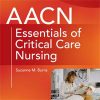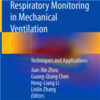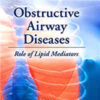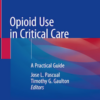Critical COVID-19 Pneumonia Determinants
nature.comSARS-CoV-2 infection is benign in most individuals but, in approx. 10% of cases, it triggers hypoxemic COVID-19 pneumonia, which becomes critical in ˜3% of cases.
The ensuing risk of death (˜1%) doubles every five years from childhood onward and is ˜1.5 times greater in men than in women. What are the molecular and cellular determinants of critical COVID-19 pneumonia? Inborn errors of type I IFNs, including autosomal TLR3 and X-linked TLR7 deficiencies, are found in ˜1-5% of patients with critical pneumonia under 60 years old, and a lower proportion in older patients.
Pre-existing autoantibodies neutralizing IFN-α, –β, and/or –ω, which are more common in men than in women, are found in ˜15-20% of patients with critical pneumonia over 70 years old, and a lower proportion in younger patients.
Thus, at least 15% of cases of critical COVID-19 pneumonia can apparently be explained.
The TLR3- and TLR7-dependent production of type I IFNs by respiratory epithelial cells and plasmacytoid dendritic cells, respectively, is essential for host defense against SARS-CoV-2.
In ways that can depend on age and sex, insufficient type I IFN immunity in the respiratory tract during the first few days of infection may account for the spread of the virus, leading to pulmonary and systemic inflammation.

















